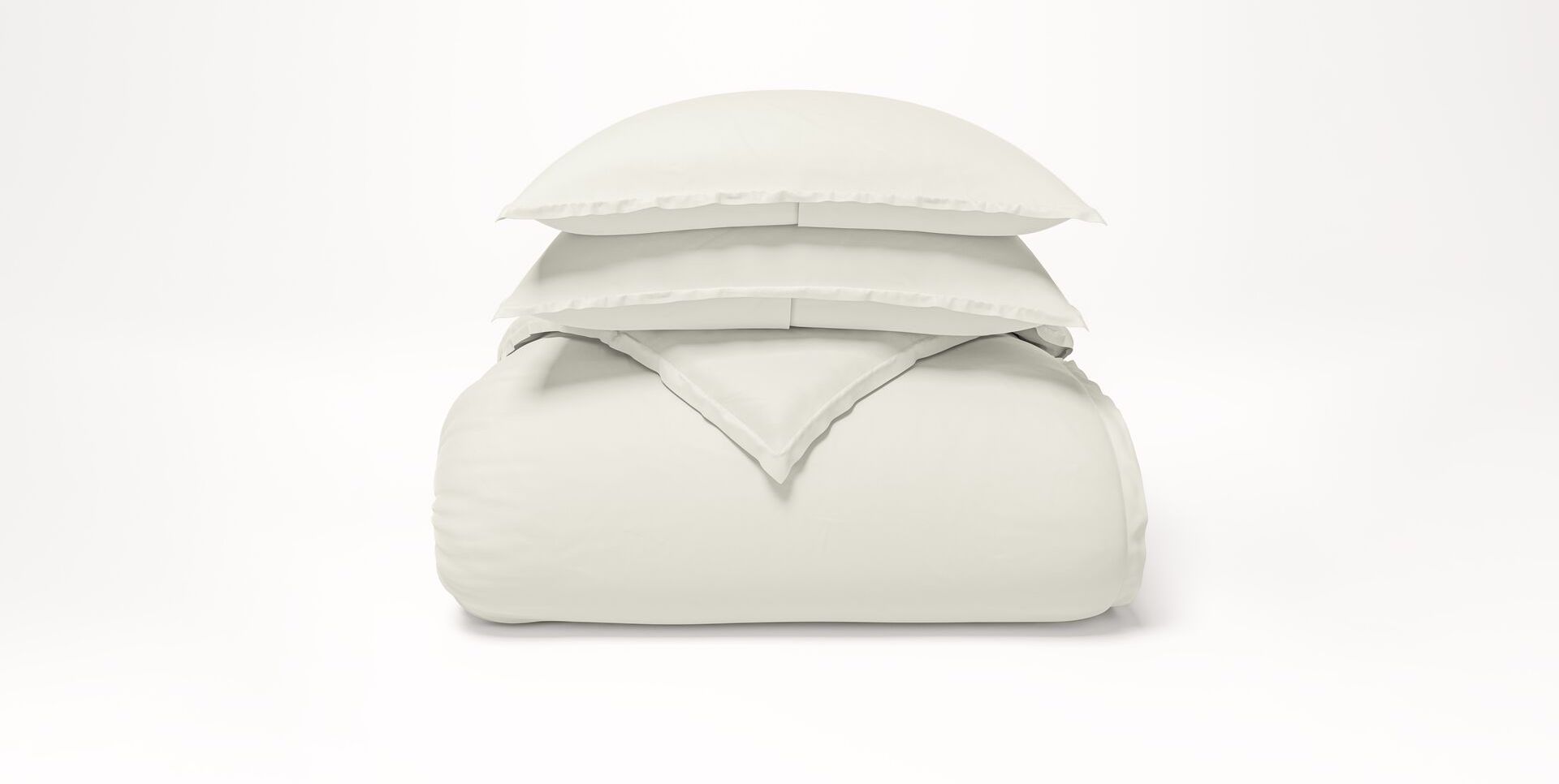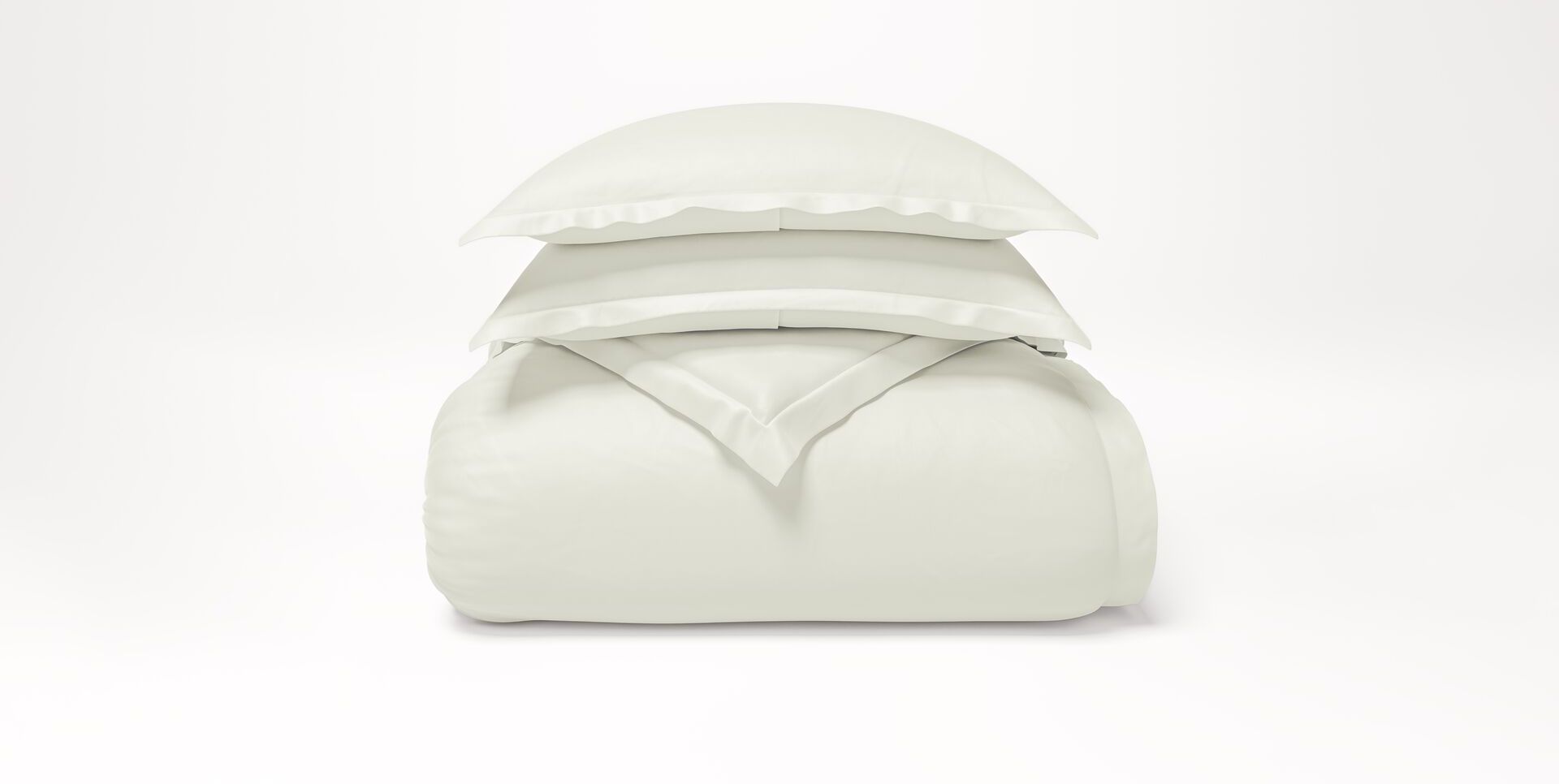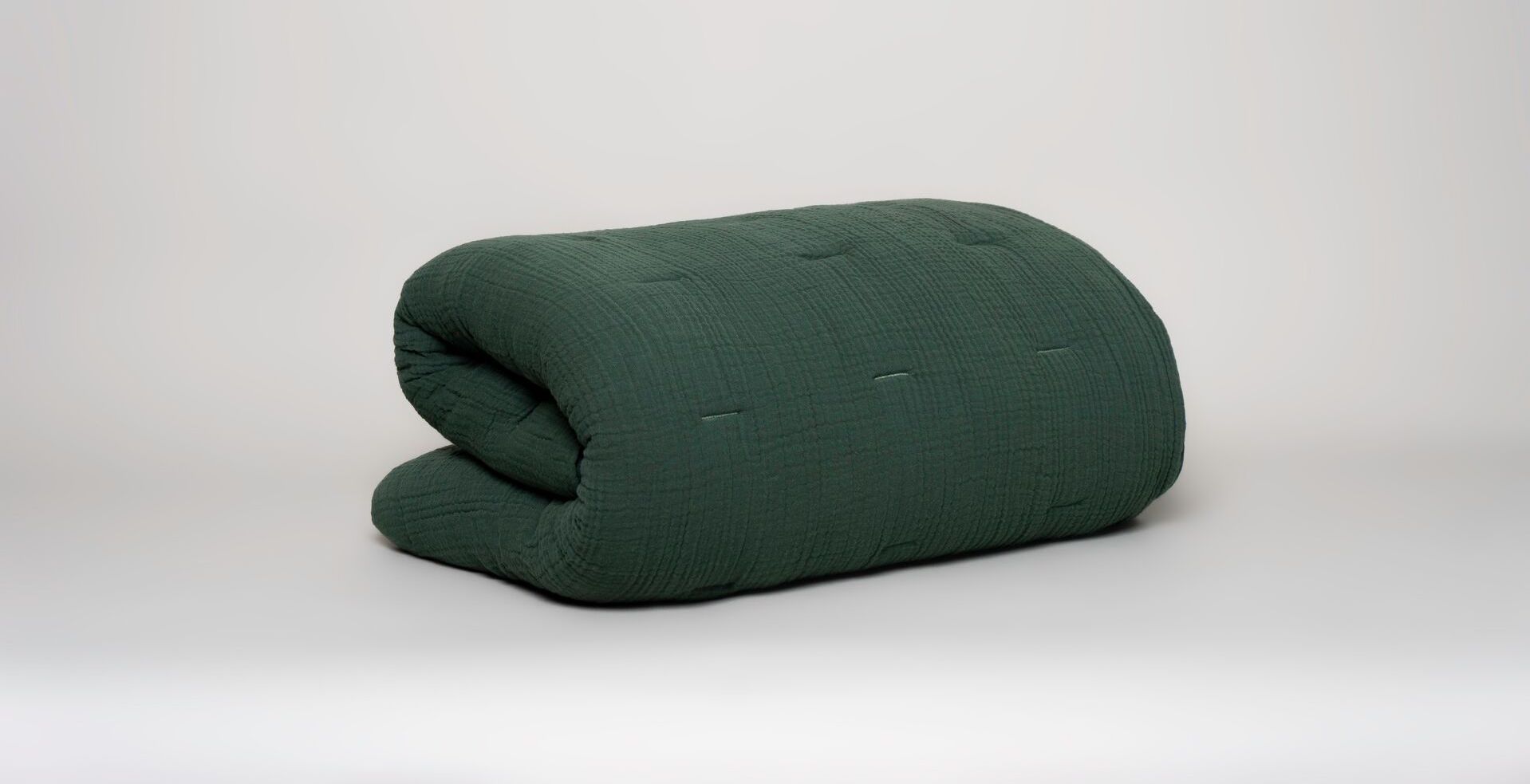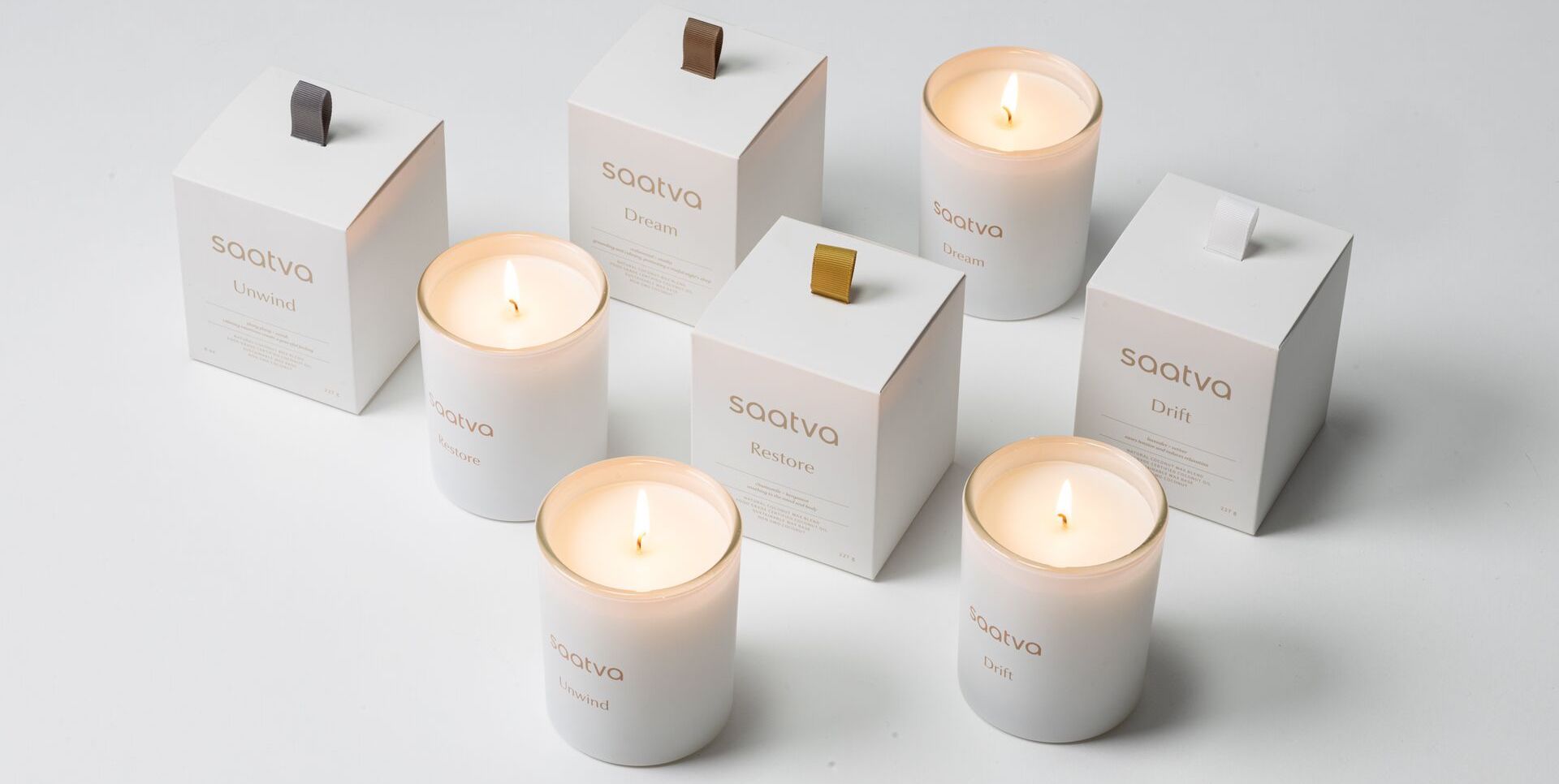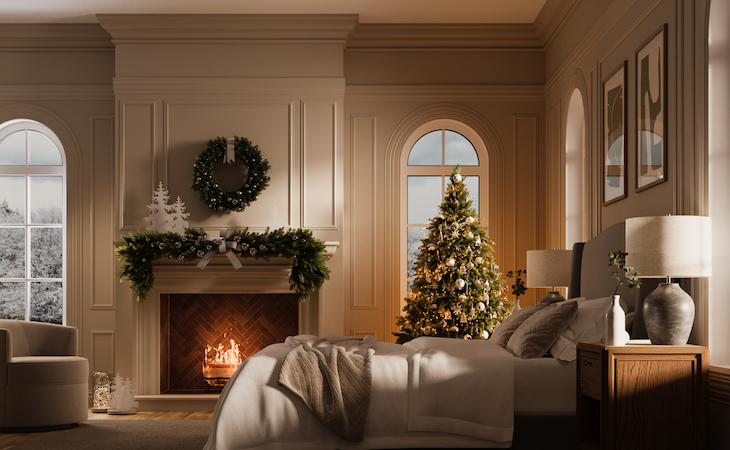Sleeping under the stars or in a field of wildflowers isn’t a realistic situation for most of us (dare to dream), but inviting elements of nature into our bedrooms is.
Studies show humans are intuitively connected and feel at home in nature. It makes sense, then, that biophilic or nature-themed interior design evokes a sense of peace and serenity, making it easier to drift into dreamy sleeptime.
We spoke with interior designers and psychologists about the benefits of embracing a natural bedroom aesthetic, integrating nature into your nighttime practice, and some simple yet effective ways to achieve it.
How to add nature to your bedroom and evening routine
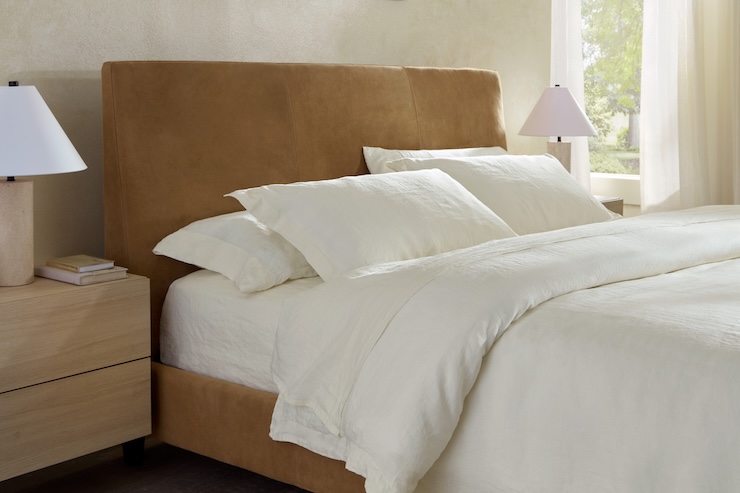
1. The layered effect
If you think of a serene seascape or an enchanted forest, both environments have layers of natural elements that are inspiring and dreamy.
Adopt the same layering technique in your bedroom to create a similar effect. It shouldn’t feel heavy—just enough to create depth and interest.
“Think raw linen bedding: a woven rattan headboard or a reclaimed wood side table. These touches instantly add warmth and an organic sensibility to the space,” says Magda Callery, florist and interior designer.
If you don’t want to make major changes to your bedroom, consider adding low-lift additions to enhance your space.
Hayley McAteer, interior designer and owner of Cushee, suggests cork panels or a forest canopy mural for a nature-inspired design that doesn’t require changing your entire bedroom.
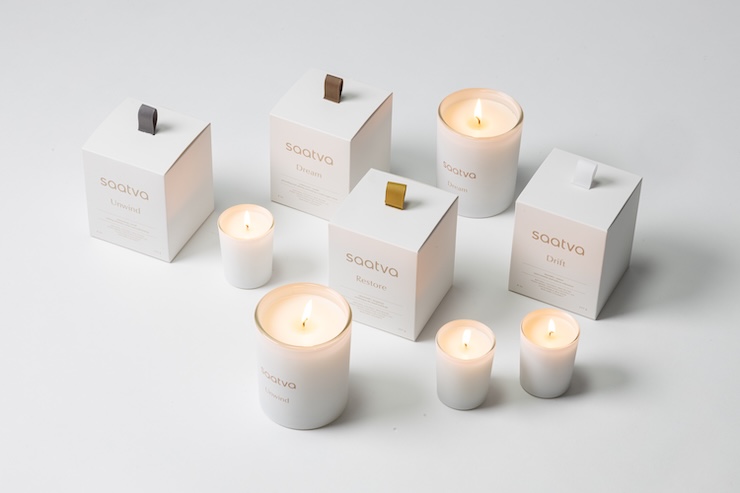
2. Scents and sounds
One of the easiest ways to access the state of calm we feel listening to ocean waves or leaves rustling in the breeze is by, you guessed it, playing those recorded sounds as you relax into sleep mode.
“Soundscapes instantly transport you to a peaceful, outdoor oasis—without worrying about bugs or bad weather,” says Callery.
Countless apps and alarm clocks have a wide selection of natural sounds that act as white noise and are backed by research to alleviate stress and encourage REM sleep, the periods in our sleep cycle that affect our cognitive health, improve our mood, memory, and immunity, and can even help us process trauma.
Many of our experts suggested investing in a fountain as a technology-free way to bring calming sounds into the bedroom.
Want to inhale nature’s signature scents while indoors? There are more than a few essential oils for that.
Lemon and orange oils complement your morning routine to invigorate the senses, while lavender and sandalwood are soothing scents that ground the nervous system. Set up a little apothecary station on your nightstand and blend oils that appeal to your aromatic senses.
Psychologist Leah Kaylor, PhD, suggests investing in wood or stone diffusers to match an earthy bedroom aesthetic. “Some diffusers even have a natural pebble or driftwood look for an outdoor touch,” she adds.
More organic options are hanging eucalyptus or lavender near your bedside (a sweet decorative touch) or keeping your windows open when weather permits, which lets nature do its magic without spending a penny.
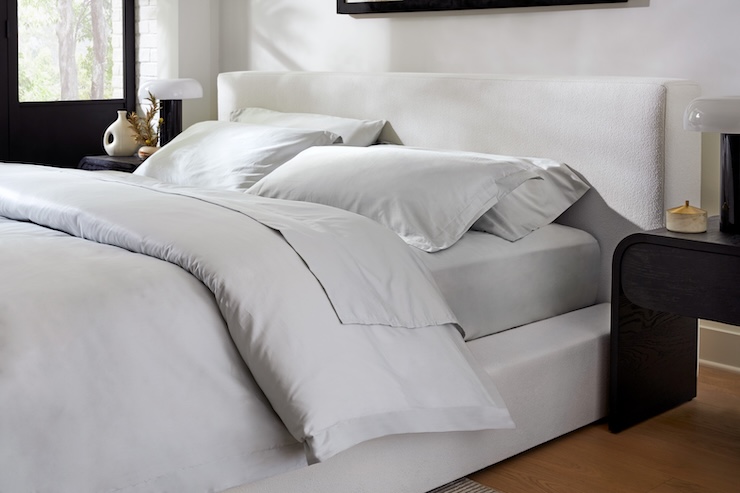
3. Organic bedding
Your average sheet sets, comforters, and duvets are typically made with a cotton-polyester fabric blend, which lacks breathability and softness.
Switching to natural fiber bedding—organic cotton, bamboo, and linen—is a small investment with a major impact on sleep health.
“These are excellent materials because they’re breathable, hypoallergenic, and help regulate body temperature for deeper, more restorative sleep,” says Laura Madrigal, home improvement specialist at Fixr.
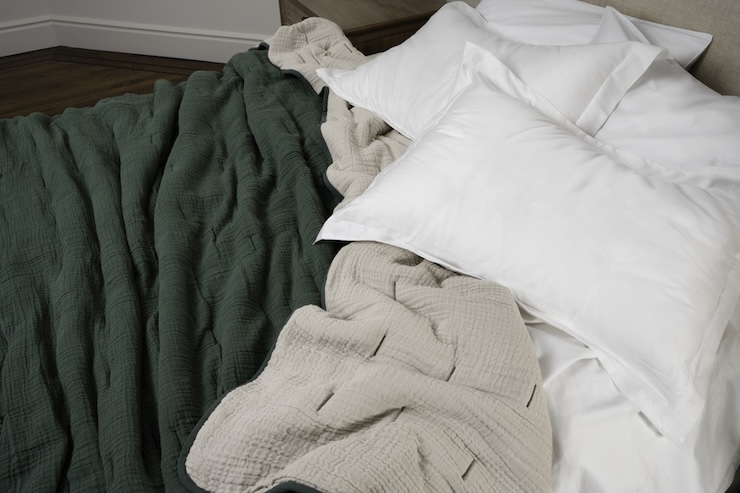
4. Nature-inspired colors
Some colors soothe our senses, while others can be unsettling and cause stress or anger. Pass on red, neon, gray, brown, and dark yellow when selecting bedding, artwork, and wall colors.
Light colors do just that: brighten your space and elevate your mood. Our minds process nature-inspired colors as serene and calming.
“Soft, earthy tones, green shades, and serene blues not only help create a relaxing atmosphere but are also a top 2025 interior design trend,” says Madrigal. “These shades also serve as a great canvas to incorporate other natural elements, like wooden shelves or headboards.”
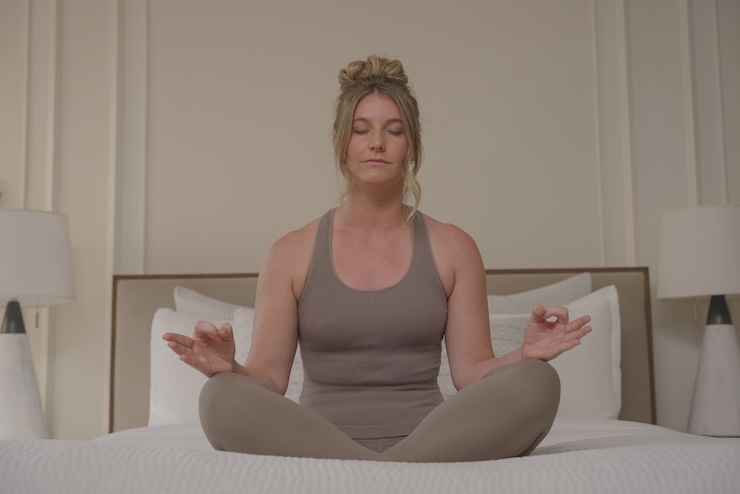
5. Bring nature into your sleep routine
Now that your zen hideaway looks and feels more aligned with the great outdoors, integrating nature-inspired rituals into your evening routine can relax your mind and body in preparation for a good night’s sleep.
This practice can begin before you enter your bedroom. Depending on your geographic location and season, taking your shoes off and planting your heels into the earth evokes childhood play and is grounding.
When practiced outdoors, light stretching, yoga, free writing, drawing, or breathing exercises have an extra layer of zen.
If you live in an urban environment, the night sky should still be accessible. Spend quiet time on your balcony or lay a yoga mat and pillows on your rooftop to stare at the stars on a clear night.
Using circadian light bulbs, lamps, or alarm clocks helps your body know when to wind down or wake up. This lighting design mimics your body’s natural sleep cycle, aiding in melatonin production and promoting restful, therapeutic sleep.
FAQs
How do you make your bedroom more like nature?
There are many ways to incorporate nature into your bedroom to create your own organic sanctuary. Earthy color schemes, layering textures, adding sensory elements like oil diffusers, listening to soundscapes or the trickling noise of a fountain, investing in organic bedding, swapping busy artwork for nature scenes, and letting the light in can help you feel like you’ve stepped into nature as soon as you walk into the room.
Next, find the best eco-friendly design tips to make your bedroom more sustainable.



